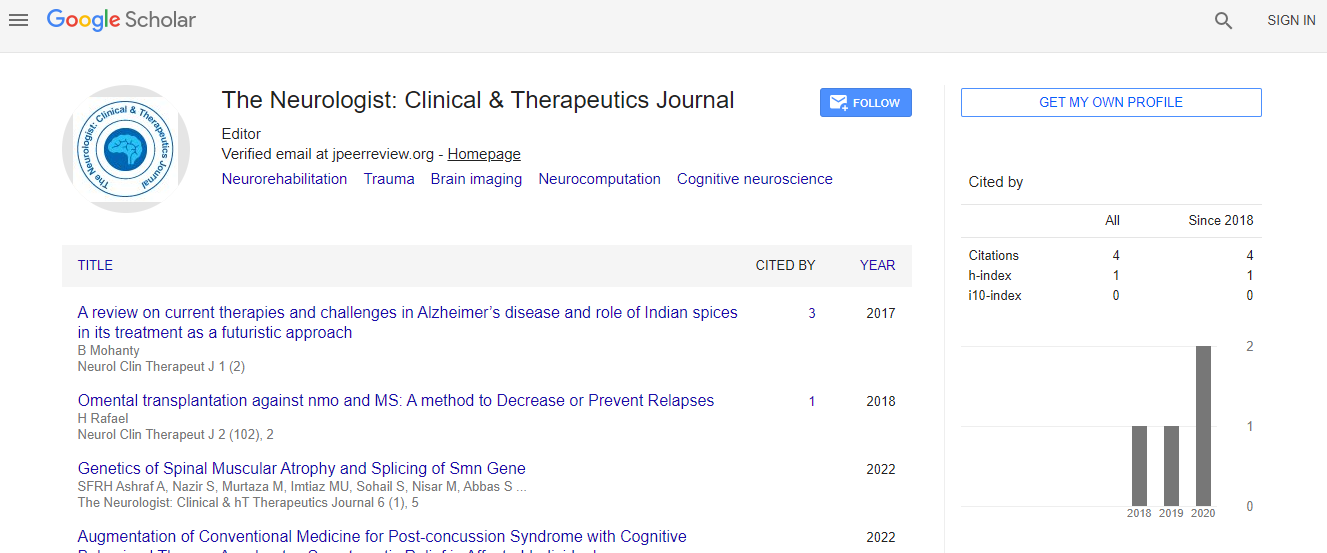Insights from a Machine Learning Perspective into Amyotrophic Lateral Sclerosis and other Neurodegenerative Diseases
*Corresponding Author:
Copyright: © 2020 . This is an open-access article distributed under the terms of the Creative Commons Attribution License, which permits unrestricted use, distribution, and reproduction in any medium, provided the original author and source are credited.
Abstract
ALS disease state prediction usually assumes linear progression and uses a classifier evaluated by its accuracy. Since disease progression is not linear, and the accuracy cannot tell large from small prediction errors, we dispense with the linearity assumption and apply ordinal classification. We identify the most influential variables in predicting and explaining the disease. In contrast to conventional modeling of the patient's total functionality, we model separate patient functionalities (e.g., in walking or speaking). We extend our system to other neurodegenerative diseases (ND)
Methods: We introduce ordinal classifiers that already during training account for error severity in predicting the disease state in the last clinic visit for 3,772 patients in the PRO-ACT database. We use feature-selection methods and the classifiers to determine the most influential variables in predicting the disease from demographic, clinical, and laboratory data collected in different clinic visits, and interrelations among these variables and their relations with the disease state. We apply these machine-learning (ML) methods to: 1) model ALS patient functionalities; 2) diagnose PD and AD; and 3) predict PD severity.
Results: We show that ordinal classifiers outperform classifiers that do not account for error severity. We identify clinical and lab test variables important to ALS prediction, and specific value combinations of these variables that occur more frequently in patients with severe deterioration than in patients with mild deterioration and vice versa. Further, we accurately predict AD, PD, and PD severity from data using ML.
Conclusions: Ordinal classification of ALS state is superior to conventional classification. Important ALS variables and their interrelations help explain disease mechanism. By modeling separate patient functionalities, variables and their connections to different aspects of the disease are related to different body segments. We conclude that ML methods can successfully help ND analysis from data.

 Spanish
Spanish  Chinese
Chinese  Russian
Russian  German
German  French
French  Japanese
Japanese  Portuguese
Portuguese  Hindi
Hindi 